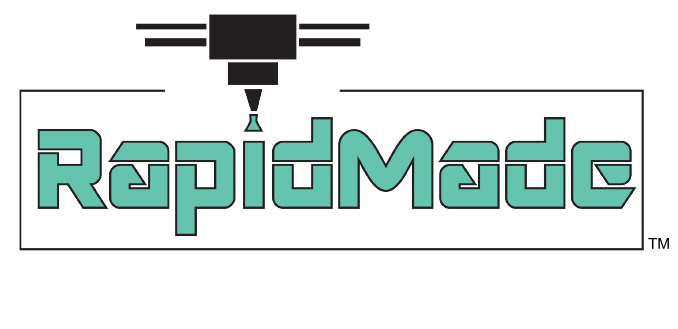Our friends at Direct Dimensions in Owings Mills, Maryland, will be "creating a 3D CAD model" of the Roberto Clemente Bridge in our hometown of Pittsburgh, Pennsylvania. The resulting files will then be used to create 3D prints of the bridge for an upcoming RAPID + TCT show being held in Pittsburgh in May.
Pittsburgh, long recognized for its sports accomplishments, is becoming well known as a Center of Excellence in Additive Manufacturing as well.














